Pebble Beach, Part 4
A few closing points of interest as we complete our tour of the Del Monte Forest
Note: This is part the fourth and final post of a multiple part feature on Pebble Beach. It is best enjoyed after reading, in order, the previous posts in the series.
Find Part 1 here.
Find Part 2 here.
Find Part 3 here.
Our three most recent blog posts documented our journey through Pebble Beach, following the curves and hills of 17-Mile Drive, starting at Pacific Grove Gate to Pebble Beach Village, the heartbeat of the area. The route is the one most visitors travel; it rolls through the high-profile attractions non-visitors likely picture when they think of Pebble Beach.
But we’re not done quite yet. Other points of interest can be found elsewhere on less traveled stretches of 17-Mile Drive, with some off of it completely. These locations may not harness the star power of the sites we’ve visited so far, but they are notable in their own right, and include a few of the area’s celebrated golf courses that we’ve not yet covered.
Poppy Hills Golf Course
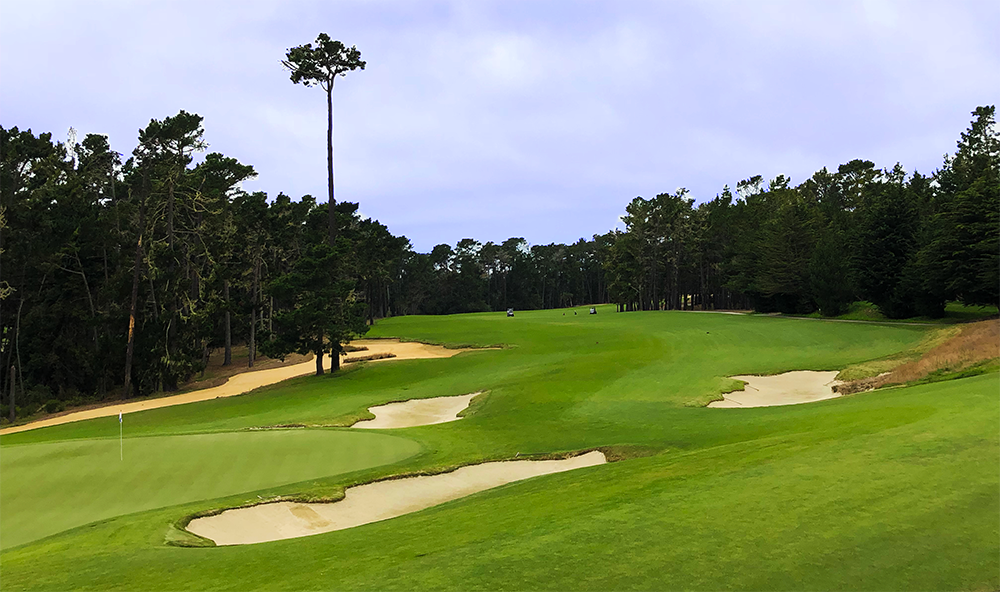 With a bit of a lower profile than some of its celebrated neighbors, Poppy Hills bills itself as the “Hidden Jewel of Pebble Beach,” and the course stakes a legitimate claim to its tag line. Designed by Robert Trent Jones, for decades the premier golf course architect in the U.S and abroad, Poppy Hills is the official home of the Northern California Golf Association (NCGA). NCGA members get a discounted rate, but even for non-members this golfing experience is a (relative) bargain. Recently renovated, it’s a favorite of locals.
With a bit of a lower profile than some of its celebrated neighbors, Poppy Hills bills itself as the “Hidden Jewel of Pebble Beach,” and the course stakes a legitimate claim to its tag line. Designed by Robert Trent Jones, for decades the premier golf course architect in the U.S and abroad, Poppy Hills is the official home of the Northern California Golf Association (NCGA). NCGA members get a discounted rate, but even for non-members this golfing experience is a (relative) bargain. Recently renovated, it’s a favorite of locals.
Spyglass Hill Golf Course
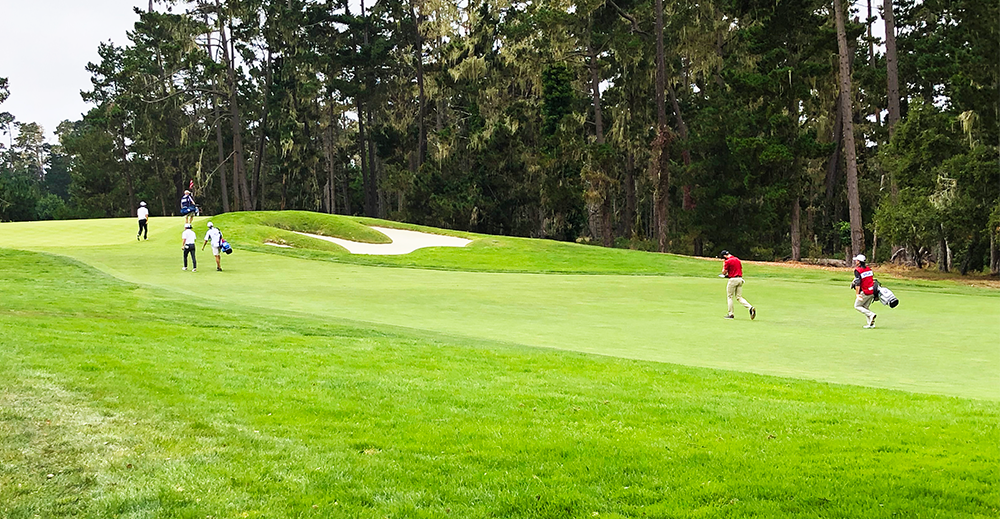 Spyglass Hill Golf Course, which perennially ranks highly in Golf Digest‘s “America’s 100 Greatest Public Golf Courses,” isn’t that far from Poppy Hills, and like it, was also designed by Robert Trent Jones. Considered a challenging course where breaking par is easier said than done, it winds through the Del Monte Forest offering a selection of slopes, sand, and water that help punctuate the uniqueness of your game experience, if not its accuracy. The name, “Spyglass Hill,” is inspired by Robert Louis Stevenson’s iconic adventure novel, Treasure Island, and many of the holes have names that are call backs to the story. You can find a gallery of some of its more spectacular holes here, on the very land that Robert Louis Stevenson is said to have once walked.
Spyglass Hill Golf Course, which perennially ranks highly in Golf Digest‘s “America’s 100 Greatest Public Golf Courses,” isn’t that far from Poppy Hills, and like it, was also designed by Robert Trent Jones. Considered a challenging course where breaking par is easier said than done, it winds through the Del Monte Forest offering a selection of slopes, sand, and water that help punctuate the uniqueness of your game experience, if not its accuracy. The name, “Spyglass Hill,” is inspired by Robert Louis Stevenson’s iconic adventure novel, Treasure Island, and many of the holes have names that are call backs to the story. You can find a gallery of some of its more spectacular holes here, on the very land that Robert Louis Stevenson is said to have once walked.
Monterey Peninsula Country Club
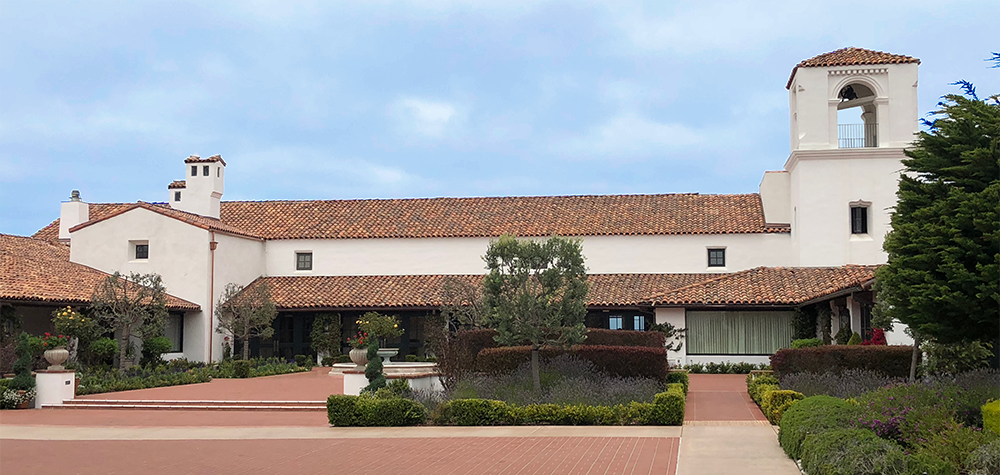 Unlike Poppy Hills and Spyglass Hill, the Monterey Peninsula Country Club (MPCC) is members-only. It encompasses two private courses, the Shore Course and the Dunes Course, each with distinct personalities rivaling any playing experience in Pebble Beach. They’re historic, too. The Dunes Course, in its original incarnation, dates back to 1924, although it was re-created in 2016. This is where the Bing Crosby Tournament, later named the Crosby Pro-Am, and today known at the AT&T Pro-Am, originated. Photographs don’t do justice to the golf courses we’ve been covering the past few weeks, and the images may run together after awhile, so for MPCC we submitting a photo of the luxurious, Spanish Colonial Revival-style, clubhouse, construction of which began in 1924. Another angle of this building starts off this blog entry.
Unlike Poppy Hills and Spyglass Hill, the Monterey Peninsula Country Club (MPCC) is members-only. It encompasses two private courses, the Shore Course and the Dunes Course, each with distinct personalities rivaling any playing experience in Pebble Beach. They’re historic, too. The Dunes Course, in its original incarnation, dates back to 1924, although it was re-created in 2016. This is where the Bing Crosby Tournament, later named the Crosby Pro-Am, and today known at the AT&T Pro-Am, originated. Photographs don’t do justice to the golf courses we’ve been covering the past few weeks, and the images may run together after awhile, so for MPCC we submitting a photo of the luxurious, Spanish Colonial Revival-style, clubhouse, construction of which began in 1924. Another angle of this building starts off this blog entry.
Huckleberry Hill
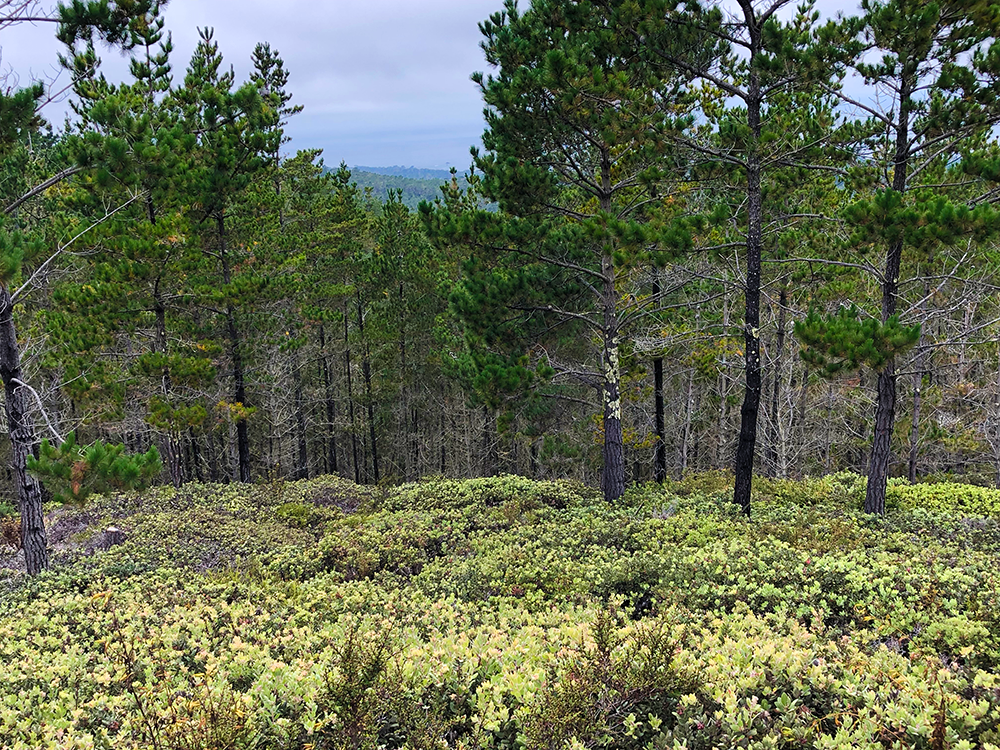 Speaking of places that Robert Louis Stevenson (and John Steinbeck, too!) walked, Huckleberry Hill is the highest point of Pebble Beach, about 800 feet above sea level, featuring a moderate hiking trail of about two miles. The surrounding area is dense with (you guessed it) huckleberry bushes and other native flora, making it one of the lushest areas in the Del Monte Forest. Hike down a little further and you’ll get a nice view of the ocean.
Speaking of places that Robert Louis Stevenson (and John Steinbeck, too!) walked, Huckleberry Hill is the highest point of Pebble Beach, about 800 feet above sea level, featuring a moderate hiking trail of about two miles. The surrounding area is dense with (you guessed it) huckleberry bushes and other native flora, making it one of the lushest areas in the Del Monte Forest. Hike down a little further and you’ll get a nice view of the ocean.
That completes our tour of Pebble Beach and we hope you enjoyed it. Be on the lookout for other touring adventures on this blog, including…Ireland? We might even include a few Irish c-stores. Stay tuned.

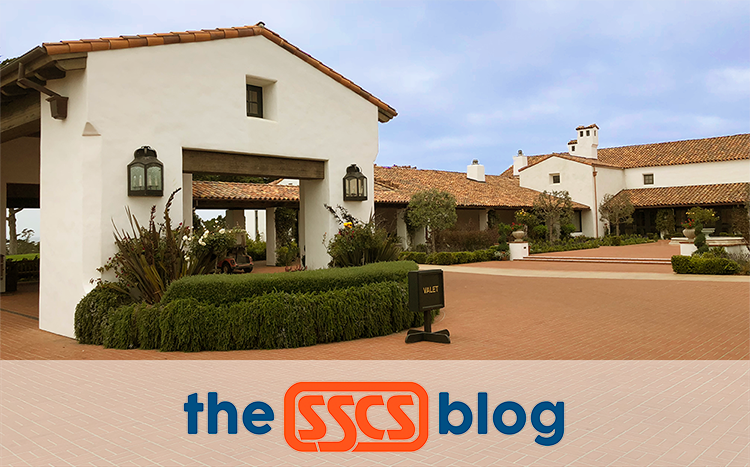




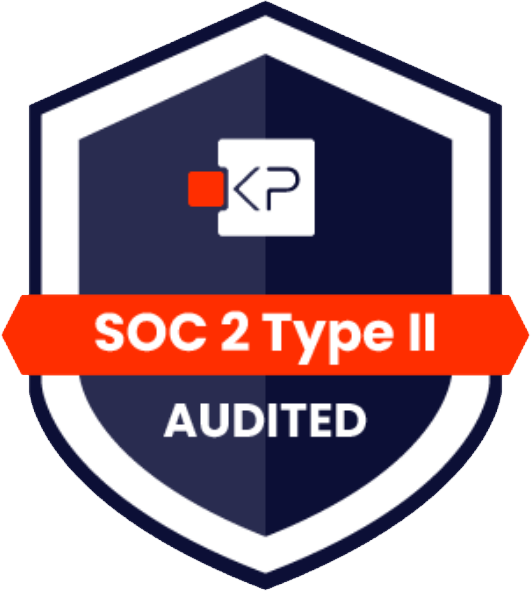
Leave A Comment